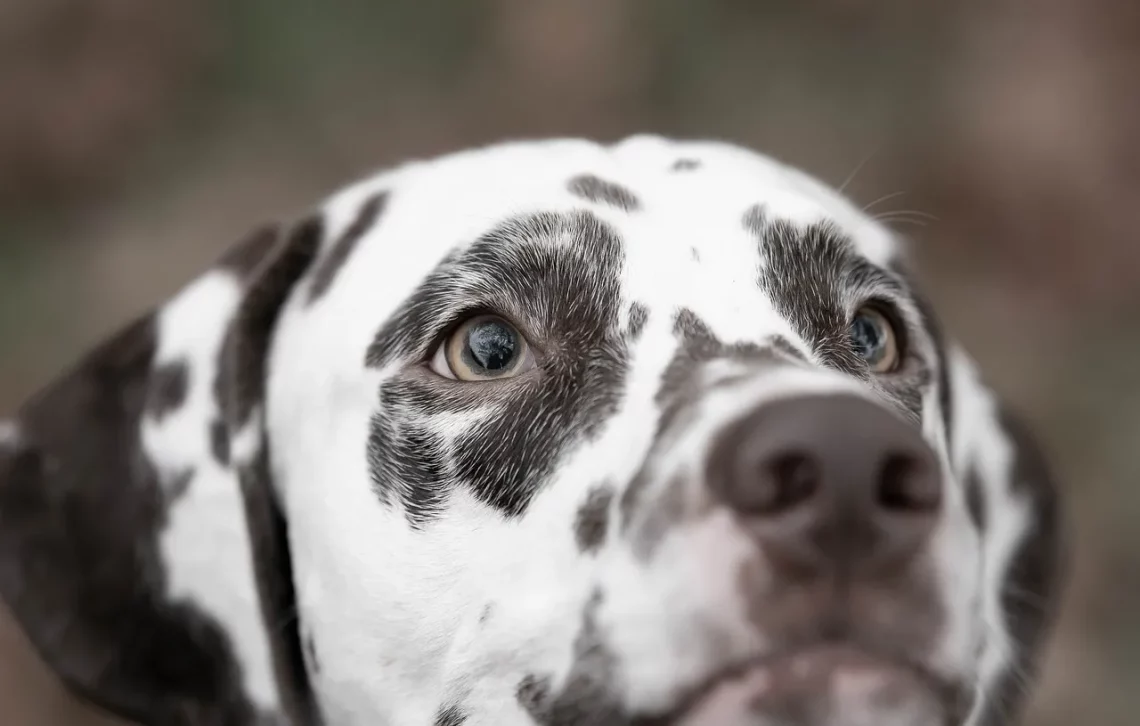
Understanding Dog Dislocated Shoulder: Causes, Symptoms, and Treatment
Understanding a dog’s health and well-being is essential for any dog owner. Among the various conditions that can affect our canine companions, a dislocated shoulder is a serious concern that warrants attention. A dog’s shoulder joint, which allows for a wide range of motion, is particularly vulnerable to injuries that can lead to dislocation. This painful condition not only affects the dog’s mobility but also their overall quality of life. Understanding the intricacies of a dislocated shoulder is crucial for timely intervention and recovery.
A dislocated shoulder occurs when the bones that form the shoulder joint become separated. This can happen due to trauma, such as a fall or a collision, or even from repetitive stress or strain. Dogs that are highly active or athletic are often more prone to such injuries. Recognizing the symptoms early on can make a significant difference in treatment outcomes. Various treatment options are available, ranging from conservative methods to surgical interventions, depending on the severity of the dislocation and the overall health of the dog.
In this article, we will delve into the causes, symptoms, and treatment options for a dislocated shoulder in dogs, providing pet owners with valuable information to help them care for their furry friends effectively.
Causes of Dog Dislocated Shoulder
Understanding the causes of a dislocated shoulder in dogs is essential for prevention and management. There are several factors that can contribute to this condition, primarily related to physical activities and environmental influences.
One of the most common causes is trauma. Dogs are naturally energetic and curious, often engaging in activities that can lead to accidents. For instance, a sudden fall, a rough play session with another dog, or a collision with an object can force the shoulder joint out of its normal position. Such incidents are particularly common in active breeds that love to run, jump, and play.
In addition to trauma, certain health conditions may predispose dogs to shoulder dislocations. For example, dogs suffering from joint dysplasia or other congenital abnormalities may have weaker shoulder joints, making them more susceptible to dislocation. Older dogs can also face increased risks due to degenerative joint diseases that weaken the ligaments and tendons supporting the shoulder.
Obesity is another significant factor that can contribute to shoulder dislocations. Extra weight puts additional strain on a dog’s joints, making injuries more likely during physical activity. Maintaining a healthy weight through a balanced diet and regular exercise can significantly reduce the risk of joint-related injuries, including shoulder dislocations.
Lastly, repetitive stress from activities such as agility training or excessive fetching can lead to overuse injuries. Continuous strain on the shoulder joint can wear down the ligaments, making dislocation more likely. Therefore, it’s essential for pet owners to monitor their dog’s activities and provide adequate rest periods to prevent overuse injuries.
In summary, the causes of a dislocated shoulder in dogs are multifaceted, involving trauma, pre-existing health conditions, obesity, and repetitive stress. Understanding these factors can help pet owners take proactive measures to protect their furry companions.
Symptoms to Watch For
Recognizing the symptoms of a dislocated shoulder in dogs is crucial for timely intervention. Pet owners should be vigilant and observant, as the signs may vary depending on the severity of the dislocation.
One of the most apparent symptoms is limping or lameness in the affected leg. Dogs with a dislocated shoulder may refuse to place weight on the injured limb and may exhibit difficulty in moving the shoulder joint. This limping can be accompanied by signs of pain, such as whining, yelping, or growling when the area is touched.
Another common symptom is swelling around the shoulder joint. In some cases, the dislocation may lead to inflammation, causing visible swelling that can be felt with gentle palpation. Pet owners should also look for signs of muscle atrophy, especially if the dislocation is chronic. Affected muscles may become weaker over time, leading to noticeable differences in muscle mass between the two sides.
Changes in behavior can also be a significant indicator that something is wrong. Dogs in pain may become less active, exhibit signs of aggression when approached, or show reluctance to engage in usual activities such as playing or going for walks. Additionally, dogs may adopt a protective stance, holding the affected limb close to their body or avoiding any movement that exacerbates the pain.
If you notice any combination of these symptoms, it is crucial to consult a veterinarian as soon as possible. Early diagnosis and treatment can help alleviate pain and prevent further complications, ensuring a smoother recovery process.
In summary, symptoms of a dislocated shoulder in dogs include limping, swelling, behavioral changes, and signs of pain. Being aware of these indicators can help pet owners seek prompt medical attention for their furry friends.
Treatment Options for Dislocated Shoulders
The treatment of a dislocated shoulder in dogs is determined by the severity of the dislocation and the overall health of the dog. Once a veterinarian has examined the dog and confirmed the diagnosis, they will outline the most appropriate treatment plan.
For mild cases, conservative treatment may be recommended. This approach often includes rest and restricted activity to allow the shoulder joint to heal properly. Anti-inflammatory medications can also be prescribed to manage pain and reduce swelling. In some instances, a veterinarian may suggest physical therapy to help restore mobility and strengthen the muscles surrounding the joint.
In more severe cases, surgical intervention may be necessary. Surgery typically involves repositioning the bones in the shoulder joint and securing them using pins, screws, or other fixation devices. After surgery, a recovery period is crucial, and pet owners may need to follow specific guidelines provided by their veterinarian. This may include limiting the dog’s activity levels and attending follow-up appointments to monitor the healing process.
Post-operative care is vital for a successful recovery. Pet owners should ensure that their dogs follow the prescribed rehabilitation program, which may involve physical therapy sessions to improve strength and flexibility. Keeping the dog engaged with low-impact activities can also help maintain their mental and physical well-being during recovery.
In summary, treatment options for a dislocated shoulder in dogs range from conservative management to surgical intervention, depending on the severity of the injury. Consulting with a veterinarian is essential to determine the best course of action for your dog’s specific situation.
In conclusion, understanding a dog’s dislocated shoulder involves recognizing its causes, symptoms, and treatment options. Being proactive and informed can make a significant difference in your dog’s recovery and overall health.
**Disclaimer:** This article is not intended as medical advice. Always consult a veterinarian for any health concerns regarding your pet.




